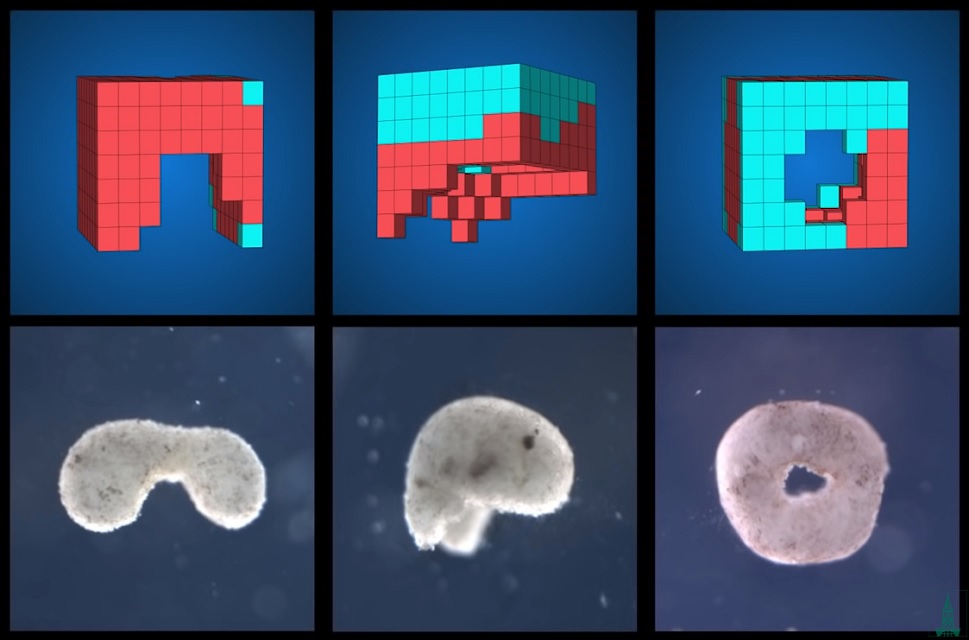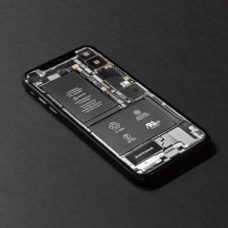Researchers from the University of Vermont have teamed up with colleagues from the University of Tuft to create the world’s first living robots.
Gene editing has become widespread today.
For example, a team of scientists used CRISPR technology to gene-hack lizards into pale pink color. Similarly, a biohacker from Mississippi became famous when he decided to biohack mastiff puppies to make them glow in the dark.
But, for the first time, scientists were able to design a completely biological machine from the ground up.
The team collected living cells from frog embryos and reassembled them into an entirely new life-form. And they’re calling these living robots xenobots, after the African clawed frog.
A computer scientist and robotics expert at the University of Vermont who co-led the new research, Joshua Bongard said:
“These are novel living machines. They’re neither a traditional robot nor a known species of animal. It’s a new class of artifact: a living, programmable organism.”
Since the xenobots are less than a millimeter wide, they can travel within human bodies. The machines can walk, swim, and survive for weeks without food. Also, they can work together in groups.
Before we delve into its potential application, let’s start from the top.
Creating Living Robots From Stem Cells
Stem cells are specialized cells that have the ability to create more cells of the same type, and from which other kinds of cells can arise by differentiation.
For their study, the Vermont and Tuft team harvested living stem cells from the embryos of African frogs, the species Xenopus laevi. They separated the stem cells into single cells and left them to incubate.
Next, the researchers cut the cells using tiny forceps and even smaller electrodes. Then they rearranged the cells to fit forms they had previously designed on a computer — forms “never seen in nature.”
The skin cells gave the robot structure, while the contraction of the heart muscle cells enabled movement. Not only could the reconfigurable organisms move on their own, but they did it coherently.
Unlike traditional robots, xenobots don’t have shiny metallic or plastic arms. Instead, they look like a small blob of moving pink flesh that happens to be self-healing and biodegradable.
As a result, xenobots can achieve things that typical robots of plastic or steel cannot.
For example, they could carry medicine into human bodies or travel to the arteries to scape out plagues. The living robots can also clean up radioactive waste and collect microplastics in the ocean.
Aside from its environmental and health applications, xenobots can also provide better insight into cell biology. With this knowledge, scientists may finally defeat degenerative diseases like cancer, diabetes, and Parkinson’s, maybe even aging.



















Comments (0)
Most Recent